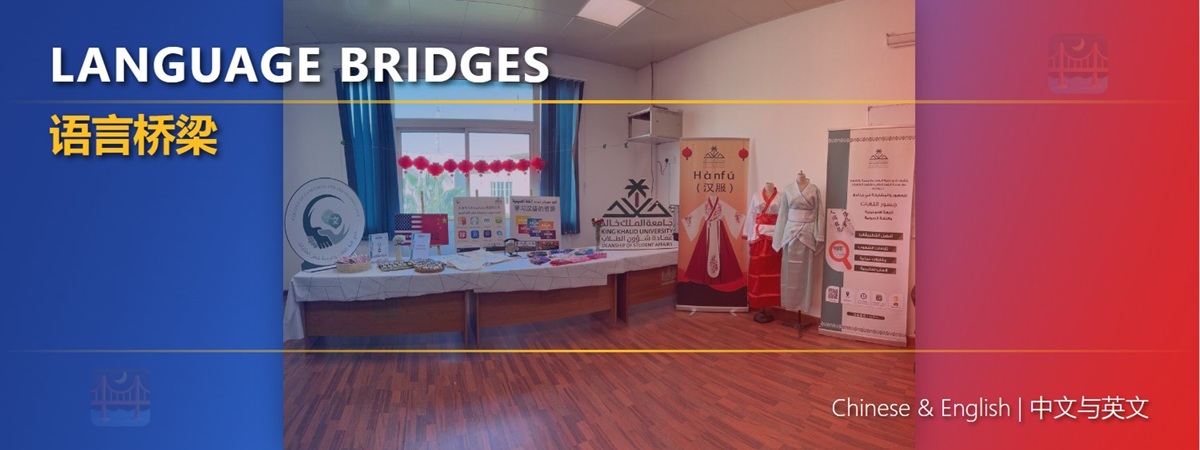
Developing and Assessing the Relationship between Intercultural Communication Competence and Intercultural Sensitivity in the EFL Classroom
On October 31, 2018, Prof. Hamad Al-Dosari delivered an insightful presentation at a seminar hosted by the Language Research Center. Titled "Developing and Assessing the Relationship between Intercultural Communication Competence and Intercultural Sensitivity in the EFL Classroom," his presentation unveiled research that he plans to present at the 24th Annual International Conference of the Bolivian English Teachers Association.
In the seminar, Prof. Al-Dosari started by elaborating on the concept of Communicative Competence. He underscored the essential role played by both intercultural competence and intercultural sensitivity within this realm. His presentation emphasized that language learning should extend beyond verbal communication, also incorporating nonverbal cues such as gestures and body language. Citing Arévalo-Guerrero, Prof. Dosari argued that such behavior enhances the value of spoken or written language.
In terms of terminology, he added, terms like "intercultural competence," "intercultural communicative competence," "intercultural sensitivity," and "cross-culture adaptation" are often used interchangeably by various researchers. To navigate these intricacies in his study, Prof. Al-Dosari utilized two well-established instruments: the Intercultural Communication Competence Survey by Aldosari & Mekheimer (2018) and Chen and Starosta's (2000) Intercultural Sensitivity Scale (ISS).
The research findings led Prof. Al-Dosari to conclude that fostering intercultural communication competence and intercultural sensitivity requires a concentrated focus on key areas such as basic knowledge, skills, motivation, awareness, behaviors, and attitudes towards intercultural competence in foreign language curricula. He urged that foreign language education should incorporate cultural elements that highlight both the differences and similarities between learners' native cultures and the target cultures of the foreign language they are studying.
The seminar concluded successfully, shedding light on vital aspects of intercultural communication and sensitivity in language learning.

